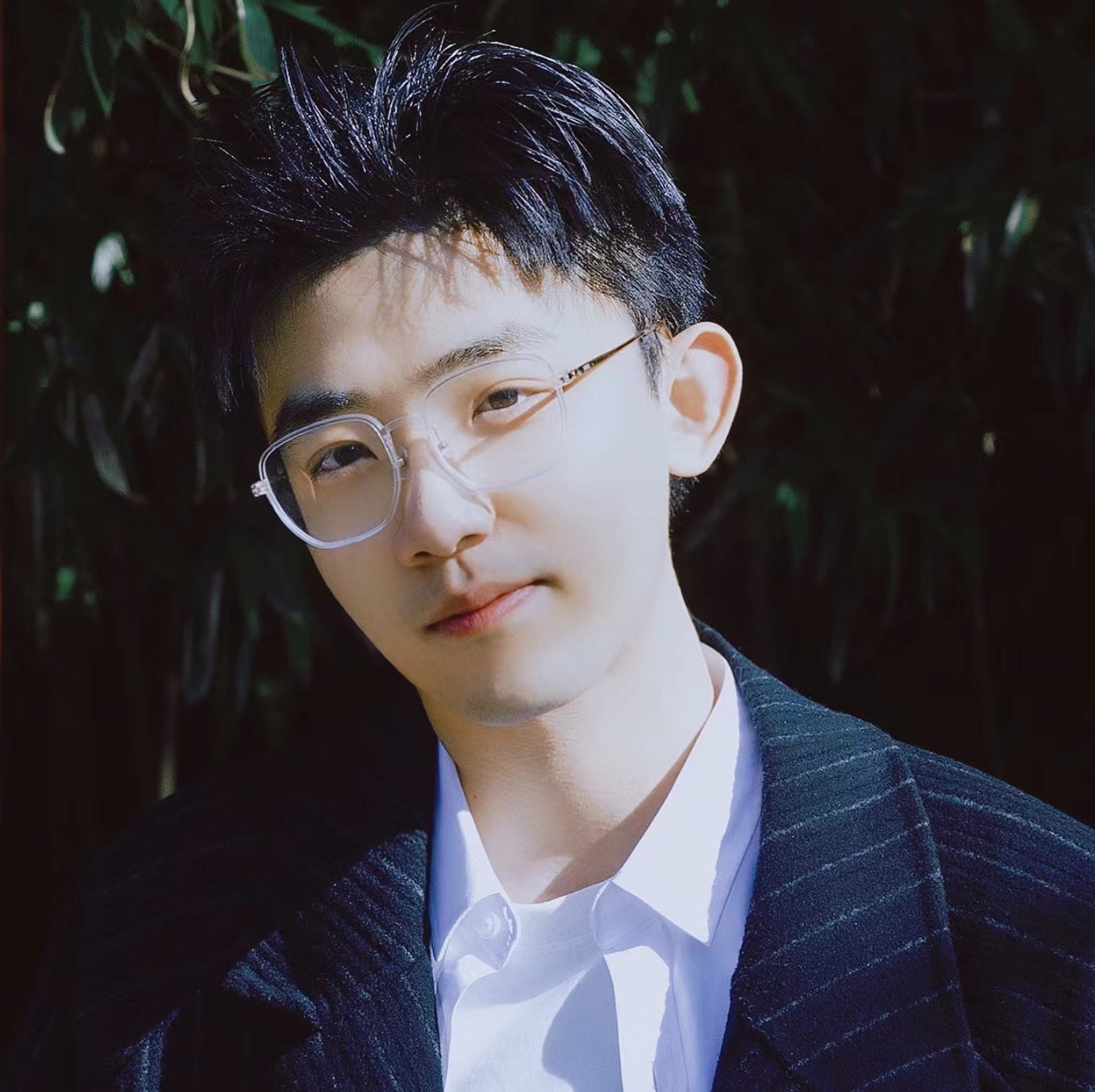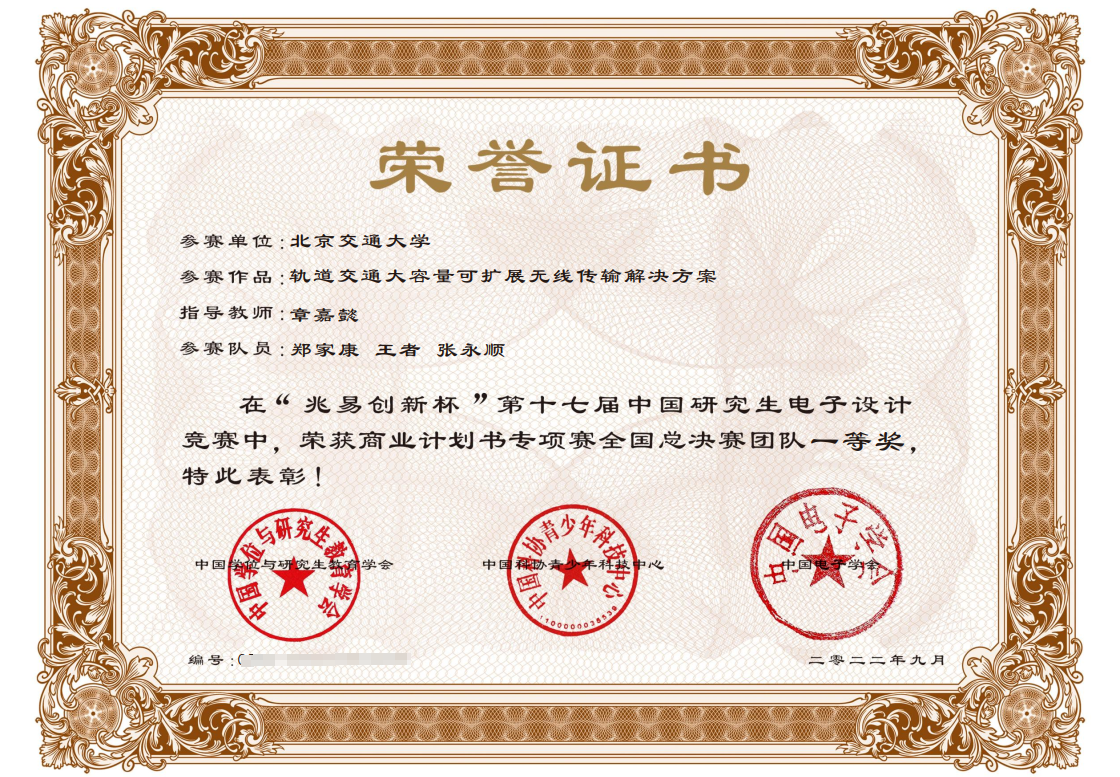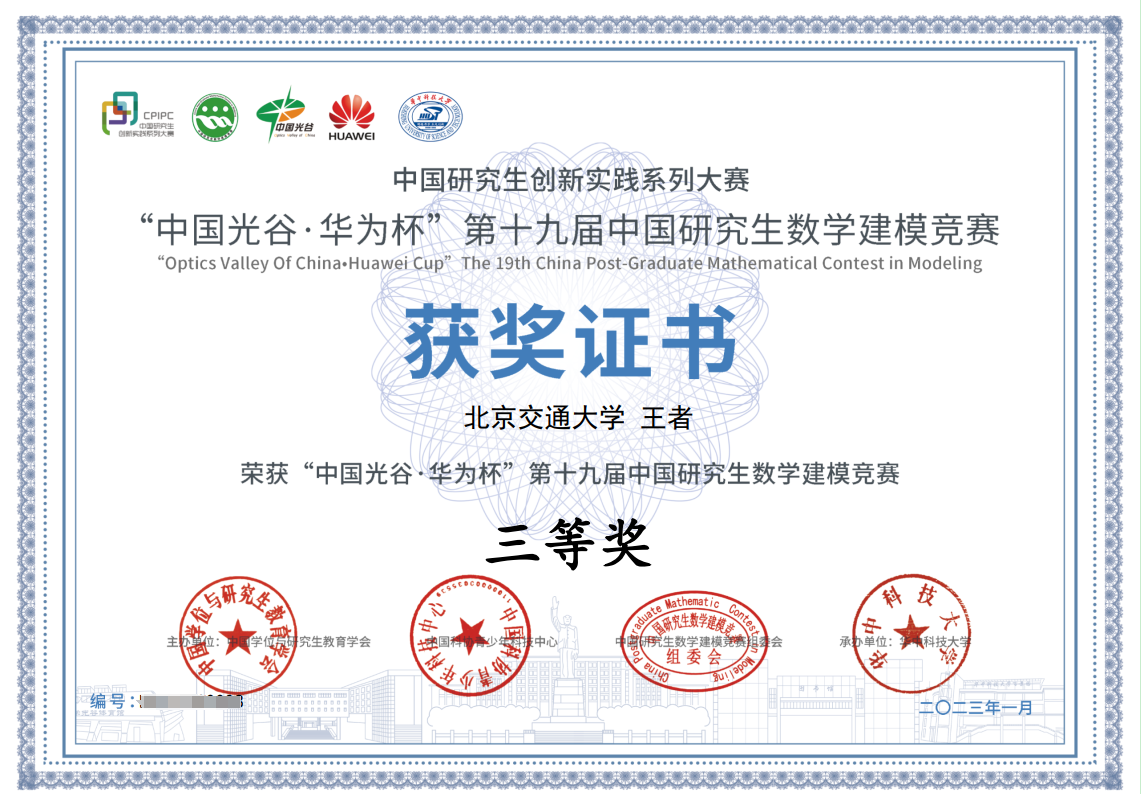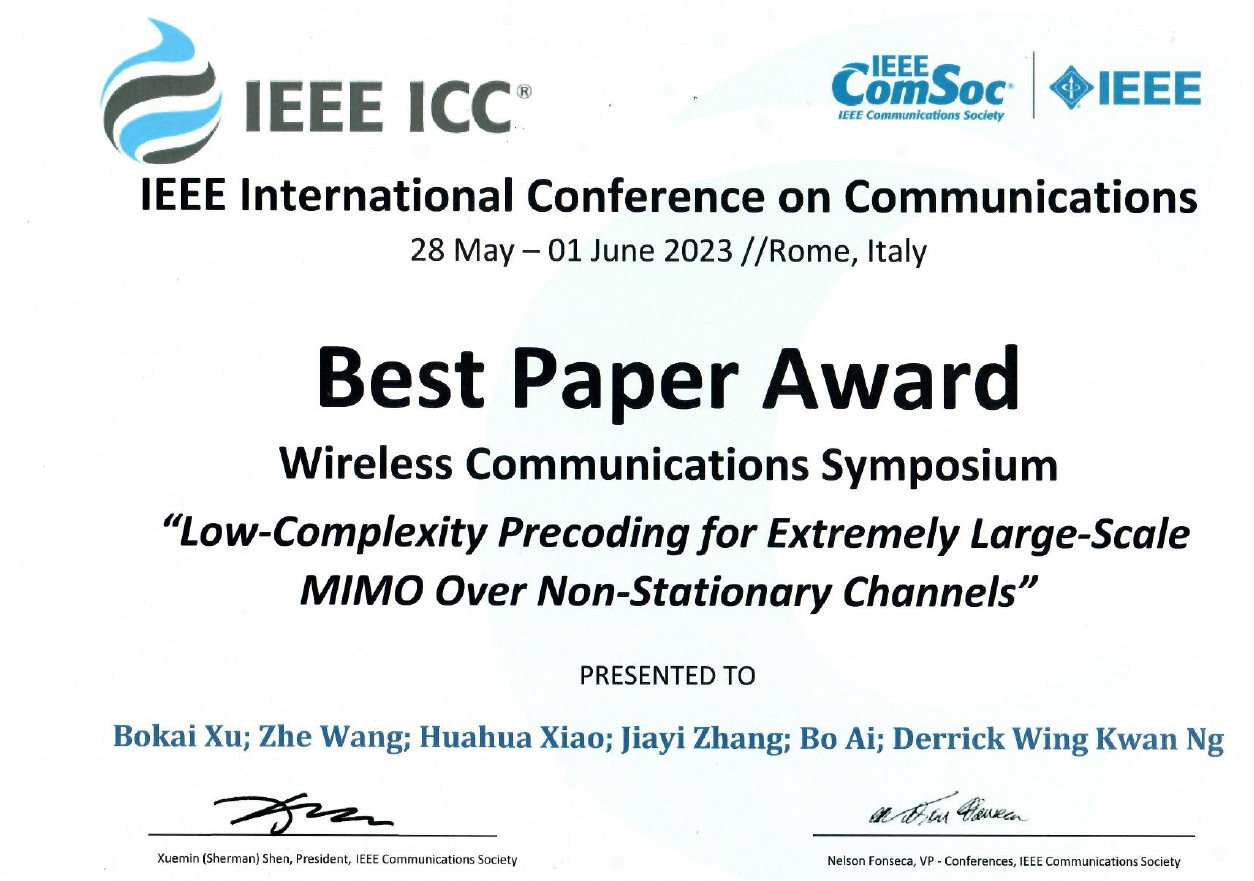Posts by Collection
award
portfolio
publications
Wireless energy transfer in RIS-aided cell-free massive MIMO systems: Opportunities and challenges
Published: IEEE Communications Magazine
We study four uplink implementations for CF mMIMO systems with multi-antenna users, from fully centralized processing to fully distributed processing. We observe that the system performance may not always benefit from the number of antennas per user.

Citation: Enyu Shi, Jiayi Zhang, Shuaifei Chen, Jiakang Zheng, Yan Zhang, Derrick Wing Kwan Ng, and Bo Ai, “Wireless energy transfer in RIS-aided cell-free massive MIMO systems: Opportunities and challenges,” IEEE Communications Magazine, vol. 60, no. 3, pp. 26-32, March 2022.
Paper Link: https://ieeexplore.ieee.org/document/9743355
Spatially correlated reconfigurable intelligent surfaces-aided cell-free massive MIMO systems
Published: IEEE Transactions on Vehicular Technology
We study the uplink spectral efficiency (SE) of a practical spatially correlated RISs-aided CF massive MIMO system over Rician fading channels. Specifically, we derive the closed-form expression for characterizing the uplink SE of the system, which shows that increasing the number of RIS elements can improve the system performance.

Citation: Enyu Shi, Jiayi Zhang, Ruisi He, Huiying Jiao, Zhiqin Wang, Bo Ai, Derrick Wing Kwan Ng, "Spatially correlated reconfigurable intelligent surfaces-aided cell-free massive MIMO systems," IEEE Transactions on Vehicular Technology, vol. 71, no. 8, pp. 9073-9077, Aug. 2022.
Paper Link: https://ieeexplore.ieee.org/document/9779130
submitted
RIS-Aided Cell-Free Massive MIMO Systems for 6G: Fundamentals, System Design, and Applications
Uploaded: arXiv
We give a comprehensive tutorial overview on near-field XL-MIMO communications, aiming to provide useful guidance for tackling the above challenges. First, the basic near-field modelling for XL-MIMO is established, by considering the new characteristics of non-uniform spherical wave (NUSW) and spatial non-stationarity. Next, based on the near-field modelling, the performance analysis of XL-MIMO is presented, including the near-field signal-to-noise ratio (SNR) scaling laws, beam focusing pattern, achievable rate, and degrees-of-freedom (DoF). Furthermore, various XL-MIMO design issues such as near-field beam codebook, beam training, channel estimation, and delay alignment modulation (DAM) transmission are elaborated. Finally, we point out promising directions to inspire future research on near-field XL-MIMO communications.

Citation: Haiquan Lu, Yong Zeng, Changsheng You, Yu Han, Jiayi Zhang, Zhe Wang, Zhenjun Dong, Shi Jin, Cheng-Xiang Wang, Tao Jiang, Xiaohu You, and Rui Zhang, "A Tutorial on Near-Field XL-MIMO Communications Towards 6G," arXiv:2310.11044, 2023. [Download paper here](https://zhewang77.github.io/files/A tutorial on near-field XL-MIMO communications towards 6G.pdf)
Paper Link: https://arxiv.org/abs/2310.00263
talks
Talk 1 on Relevant Topic in Your Field
Uploaded: UC San Francisco, Department of Testing
This is a description of your talk, which is a markdown files that can be all markdown-ified like any other post. Yay markdown!
Tutorial 1 on Relevant Topic in Your Field
Uploaded: UC-Berkeley Institute for Testing Science
Conference Proceeding talk 3 on Relevant Topic in Your Field
Uploaded: Testing Institute of America 2014 Annual Conference
This is a description of your conference proceedings talk, note the different field in type. You can put anything in this field.
teaching
Teaching experience 1
Undergraduate course, University 1, Department, 2014
This is a description of a teaching experience. You can use markdown like any other post.
Teaching experience 2
Workshop, University 1, Department, 2015
This is a description of a teaching experience. You can use markdown like any other post.



